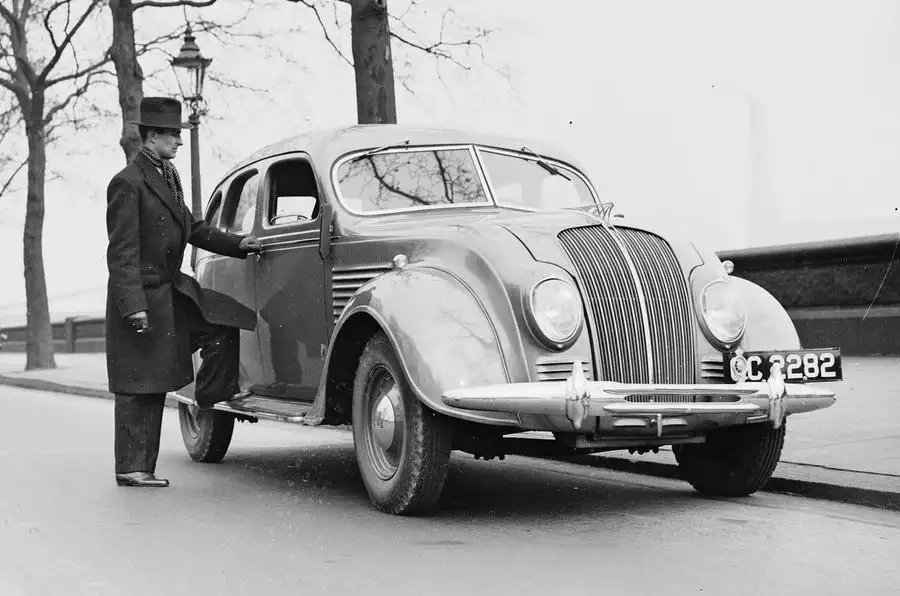Model names come from many places, but one of the easiest ways to establish an image is to borrow the name of an evocative location: think Ferrari with the yachts of the Italian Riviera’s Portofino harbour, Seat with the party island of Ibiza, Bentley with the iconic Le Mans racing straight of Mulsanne or Chrysler with the tower blocks and street crime of Croydon.
Okay, sorry, that was mean – and more to the point, Chrysler did so in the 1930s, when Croydon wasn’t just some London borough but an important industrial town in Surrey and home to England’s first international airport, where the rich would fly to all corners of the British Empire in glamorous Handley Page HP42 biplanes.
Another major aerodrome lay a way west in the Middlesex village of Heston (which has since been swallowed by London too; it’s now very near Heathrow airport), after which Chrysler also named a car.
Also clearly admired by the American manufacturer were Richmond, presumably for its wonderful park full of wild deer; Wimbledon, for Fred Perry and accompanying strawberries and cream; Kingston, where Anglo-Saxon kings were crowned and near where Henry VIII had his Hampton Court Palace; and Kew, but not as you might suspect for the botanical gardens, with their marvellous palm house. Rather, this was the location of the factory where these Chryslers were made.
Well, screwed together, at least. These distinctly English Chryslers were actually amalgamations of Chrysler, DeSoto and Plymouth models manufactured in Canada, then shipped to Kew as completely knocked-down kits. This dodged tariffs, while renaming them was seemingly because Brits were reluctant to buy American.
Talking of dodges, older readers might remember that from 1949 to 1967, Kew-built Chrysler subsidiary Dodge’s ‘parrot-nose’ 100 trucks.
Car making there actually dated back to 1923, when American car maker Maxwell bought a surplus aircraft factory that had created Sopwith Salamander attackers and Airco DH4 bombers for the war.
Adverts placed in Autocar attest that business started with aplomb, although one wonders whether the ‘unrivalled’ tourer’s price cut from £330 to £298 after a year truly was due to its ‘enormous popularity’, because by 1925 a debt-ridden Maxwell had folded into the new firm created by former General Motors executive Walter Chrysler – whose sales increased sevenfold in just the four years up to 1928.
Initially the cars assembled at Kew were variations of the first-ever Chrysler car, the Six.
The Surrey naming regime began in 1934 with the Airflow – a truly revolutionary car, as one of the first designed in a wind tunnel (with the help of no less than Orville Wright) to make it aerodynamically efficient.
Despite streamlining and art deco being very much in fashion, the public didn’t like it. As an emergency measure, Chrysler gave the decade-old Six a new look and christened it the Airglide – and it outsold its sibling almost nine to one. Sigh.
Not even 30,000 Airflows had been sold when the experiment was ended after just three years.
This is even more confounding when you see that we revered the Airflow (in Heston guise, a sibling of the Croydon) for its “acceleration and speed in plenty, exceptional comfort and full equipment” and the “charm” of its then unusual overdrive gear, while the cheaper Airglide (in Wimbledon form) got milder, more subjective praise.
That said, we also commended the Richmond – a rebadging of the conventional Plymouth P5 – for being “big, comfortable and roomy with easy performance”.
Wondering what’s at the site today? Oh, the usual story: a grim retail park with familiar clothing, coffee and sporting goods outlets.
Noticias relacionadas

